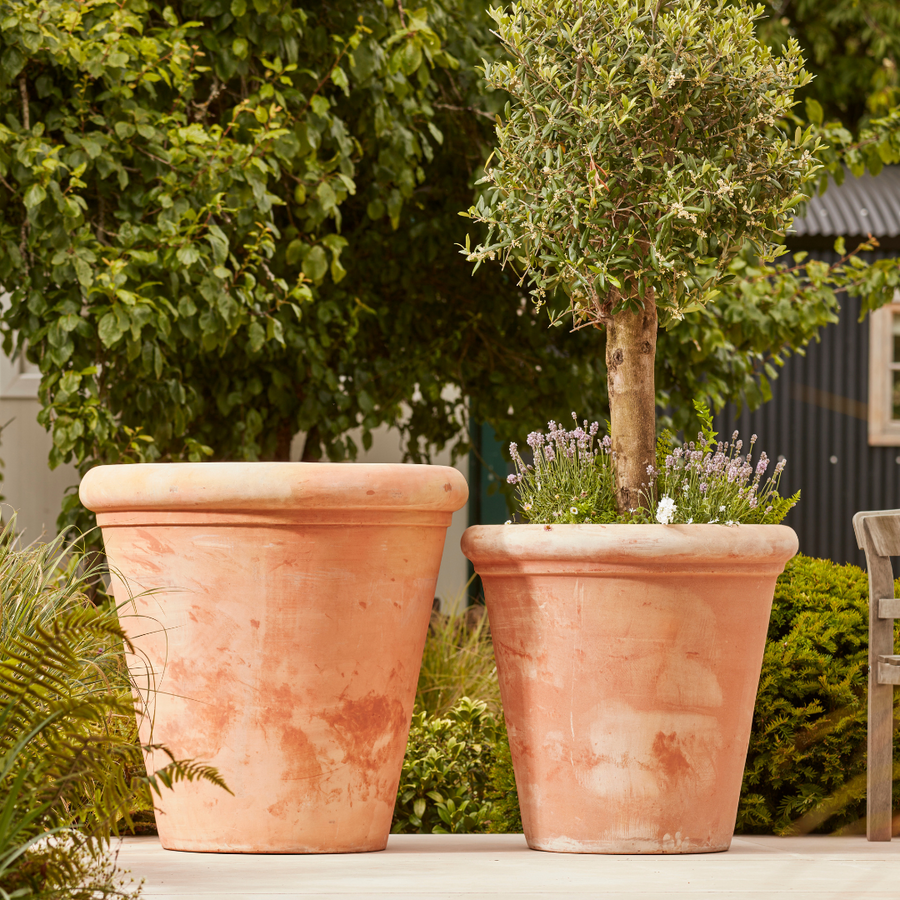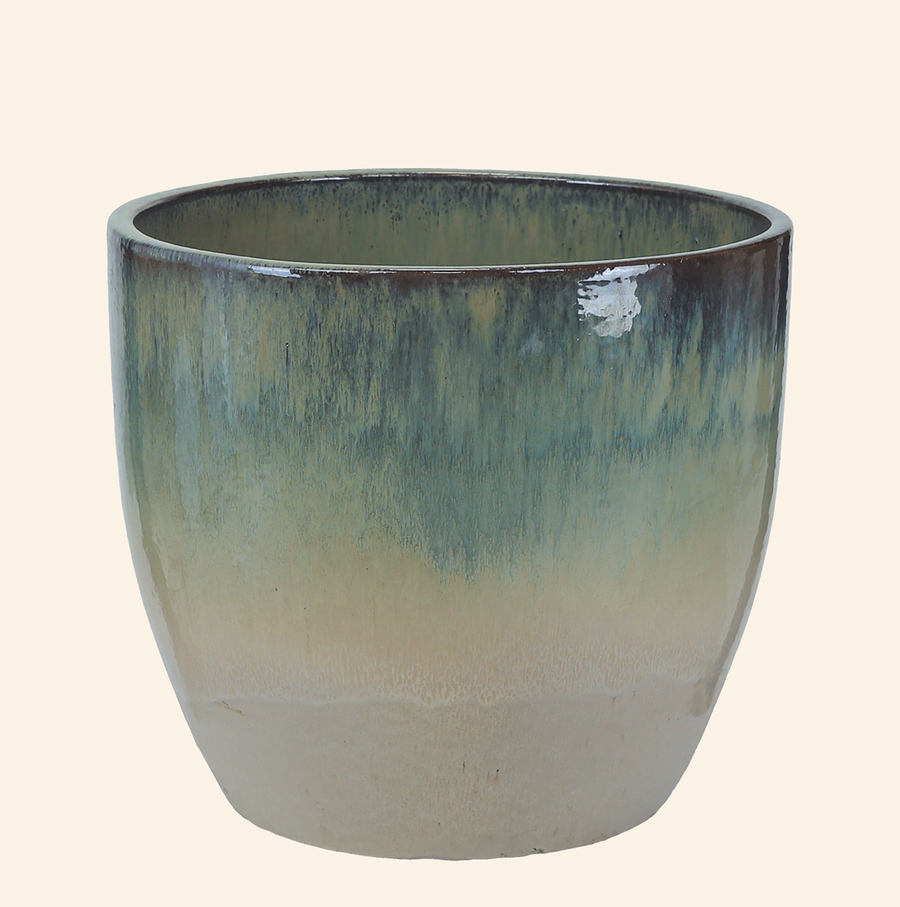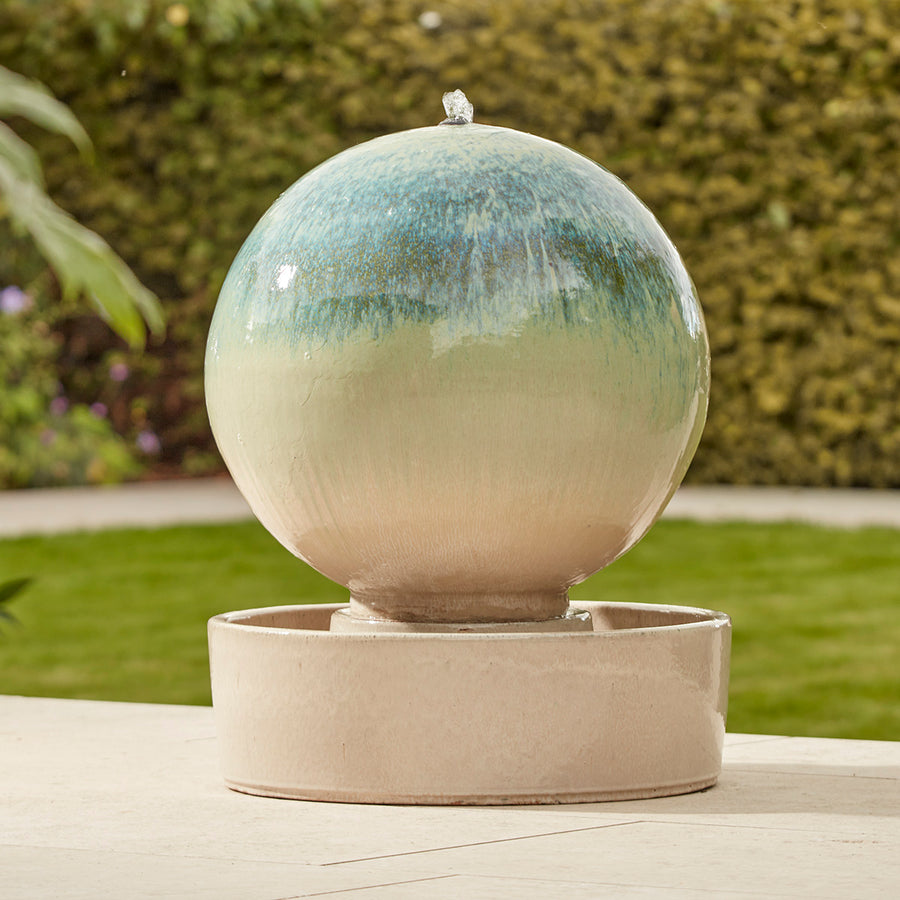All About Companion Planting
All About Companion Planting: A Guide to Thriving Gardens
What is Companion Planting?
Companion planting is an age-old gardening practice that involves growing certain plants together to benefit each other. Whether you're aiming to repel pests, improve soil health, or boost crop yields, companion planting is a fantastic way to make your garden more self-sufficient and productive.

The Benefits of Companion Planting
Companion planting offers numerous benefits, from natural pest control to enhanced plant growth. By strategically placing plants next to each other, you can create a harmonious garden ecosystem.
- Natural Pest Control: Certain plants, like marigolds and nasturtiums, can deter pests naturally, reducing the need for chemical interventions.
- Improved Soil Health: Legumes, such as peas and beans, fix nitrogen in the soil, enriching it for neighbouring plants.
- Enhanced Growth: Some plant combinations, like tomatoes and basil, not only improve the flavour of each other but also enhance growth and yield.
Companion Planting Tips for Your Garden
If you're new to companion planting, here are some top tips to get started:
-
Know Your Companions: Research which plants thrive together and which ones to keep apart. For instance, avoid planting onions near beans as they can stunt their growth.
-
Plan Your Layout: Consider your garden's layout and the specific needs of each plant. Sun-loving plants should not be overshadowed by taller companions.
-
Use Quality Pots: To make the most of your companion planting efforts, ensure your plants have enough space to grow. Opt for larger pots like our Large Clayton Terracotta Plant Pot Letting your plants spread their roots freely, promoting healthier growth and higher yields.
-
Rotate Crops: Even in a small garden, it's crucial to rotate your crops each year to prevent soil depletion and reduce the risk of disease.

Companion Planting with Pots
If you’re working with a smaller garden or urban space, companion planting in pots is a great alternative. Not only does it allow you to maximise your space, but it also makes it easier to control soil quality and manage pests.
Best Plant Combinations for Pots
-
Herbs and Veggies: Pairing herbs like basil with tomatoes or rosemary with carrots can help protect your vegetables while enhancing their flavour.
-
Flowers and Greens: Brighten your garden and protect your greens by planting marigolds with lettuce or spinach. Marigolds can deter aphids and other pests that may harm your leafy greens.
For these combinations, our Ancient Stone Glazed Plant Pot is ideal. Its size allows for multiple plants to thrive together, and its glazed finish offers a touch of timeless elegance to any garden.
Selecting the Right Pot for Companion Planting
When it comes to companion planting in pots, size and material matter. Larger pots provide ample space for root systems, essential for plant health. Our Outdoor Pots Collection offers a range of sizes and styles, perfect for creating a versatile and functional garden space.
For a more classic look, the Terracotta Plant Pot Collection provides the natural breathability and warmth needed for healthier plants, making them an excellent choice for companion planting setups.

Further Reading and Resources
For more in-depth information on companion planting and garden planning, consider visiting the Royal Horticultural Society (RHS). Their comprehensive guides offer valuable insights into best practices for UK gardens.
Your Companion Planting Journey
Companion planting is a sustainable, natural way to boost the health and productivity of your garden. Whether you're planting in the ground or using pots, choosing the right plant combinations and containers will set you up for success. With the right tools, your garden can flourish, providing you with bountiful harvests and a beautiful, vibrant outdoor space.























